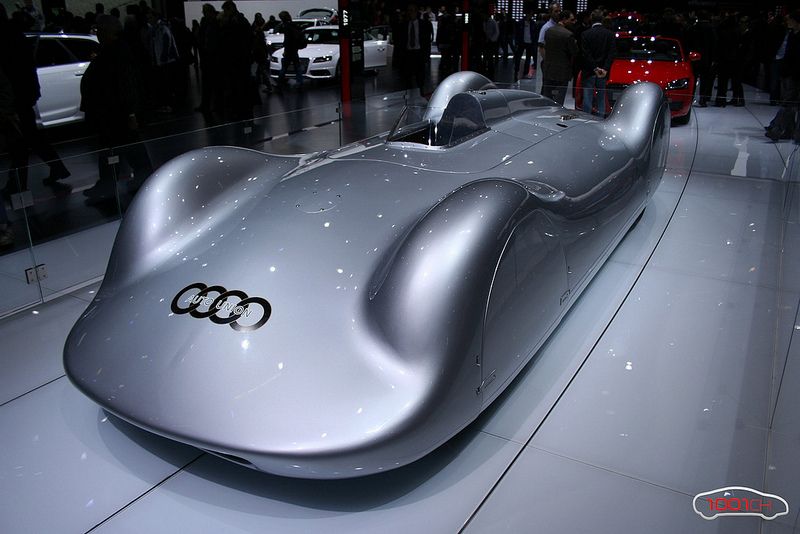15 July 2022
The Auto Union V16 Type C Streamline ’37 was a race car produced by Horch and Auto Union.
That’s when, in 1932, the four companies Audi, DKW, Horch and Wanderer joined to form Auto Union AG, which would later become AUDI AG. And the company needed a new logo. The four interlocking rings were born.
After World War I, Auto Union was backed by the government and actively participated in motorsports around the world with companies like Daimler-Benz and Maserati.
Auto Union developed the Type C, the world’s first mid-engined GP racing car designed by Dr Ferdinand Porsche.
The 1934 Grand Prix season saw the advent of the new 750 kg Formula. In an effort to curb the danger of rising speeds, the Association Internationale des Automobile Clubs Reconnus imposed this upper weight limit to keep a cap on increasing car performance, the rule-makers somewhat naively assuming that this upper limit would rule out large capacity, high power machines. It didn’t.
Between 1935 and 1937, Auto Unions won 25 races, driven by Ernst von Delius, Tazio Nuvolari, Bernd Rosemeyer, Hans Stuck and Achille Varzi.
The V16 engine was mounted longitudinally with a displacement of 6,008cc; the car produced 512 bhp at 5,000 rpm. The reason for a V16 had more to do with packaging than the high rpm potential afforded by using so many cylinders. This design allowed for a very narrow and relatively short engine, which would fit within the regulations.
This extremely tail-heavy car was difficult to drive, and only a handful of skilled drivers were able to control this car properly on the track.
At a final showdown in 1938, when Adolf Hitler demanded a world record speed from a German car with a German driver was essential.
Bernd Rosemeyer, known as the Silver Comet, was a famous German motorcycle and car racer almost unequalled in his day, known to be fearless. Still, in 1938 his attempt to eclipse 268 MPH set by Rudolf Caracciolaonon a strip of the Autobahn between Frankfurt and Darmstadt proved fatal.
![]()

